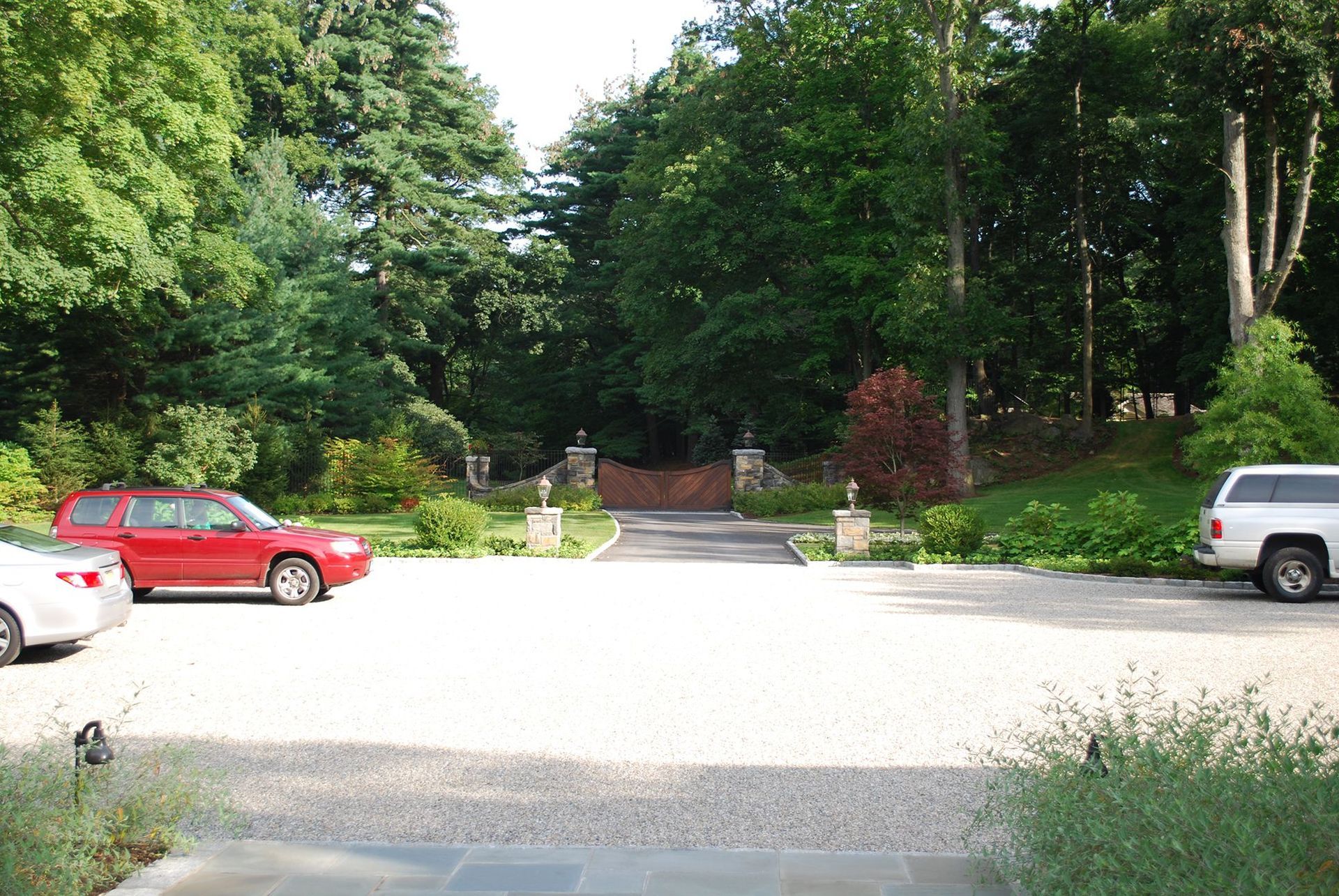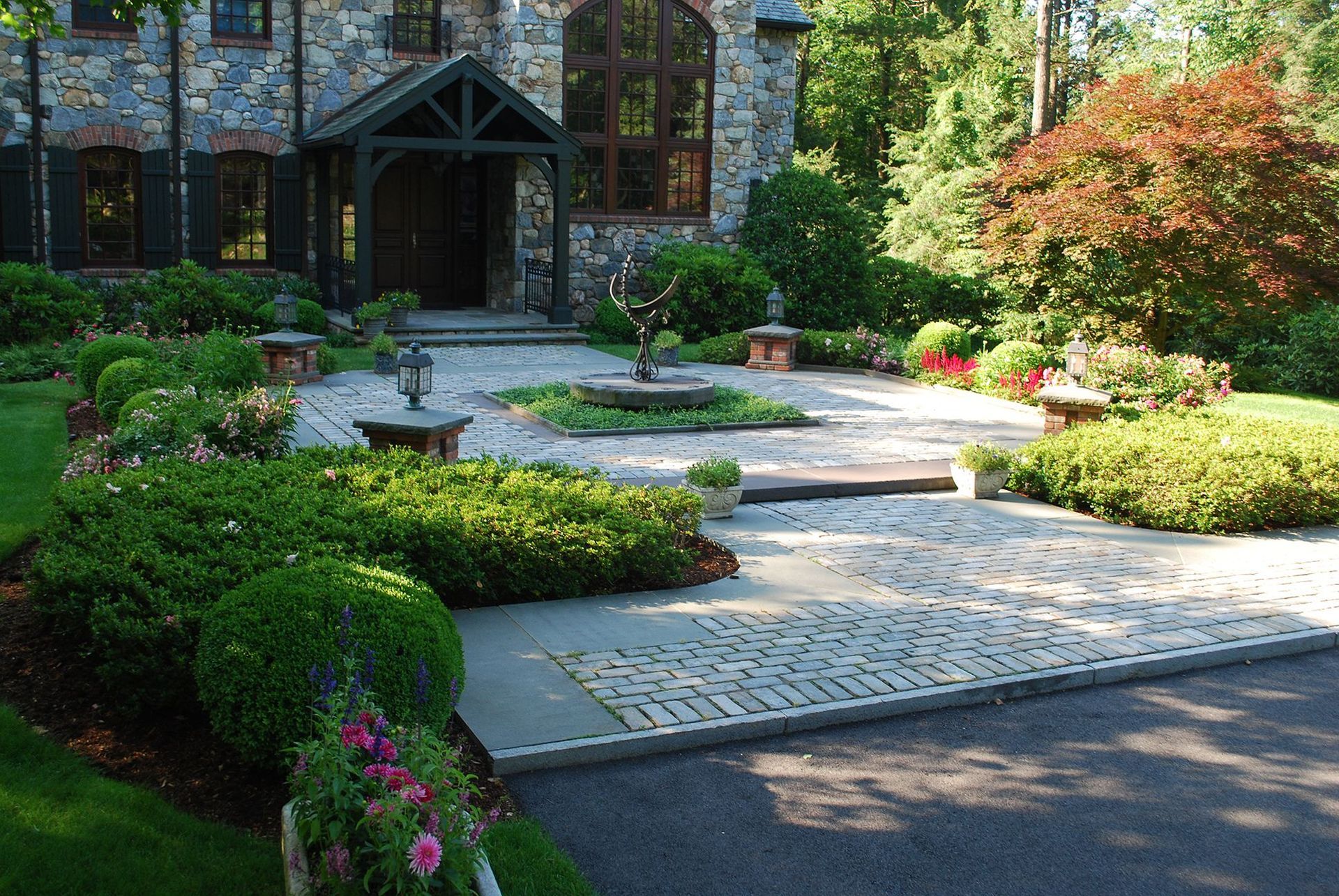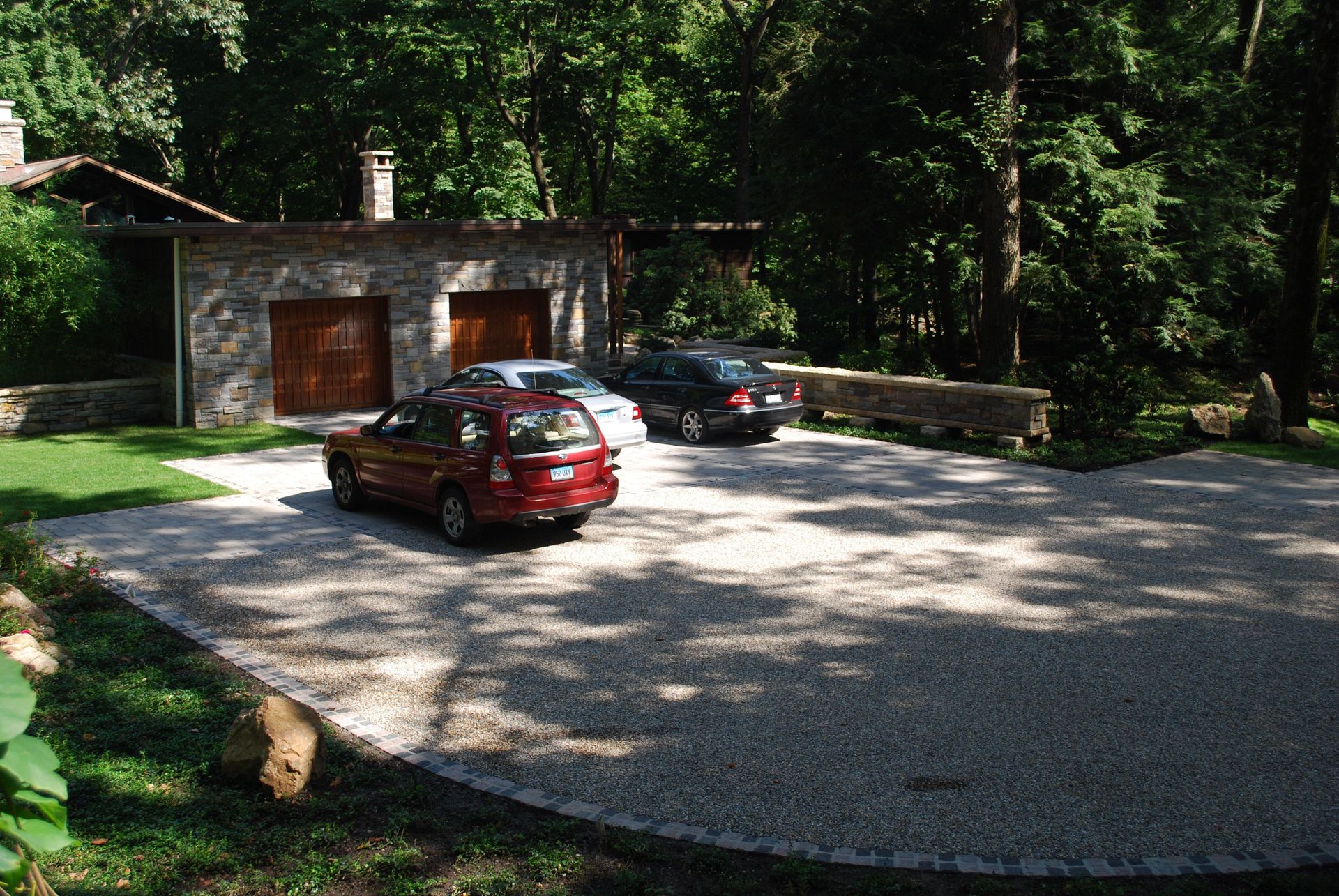General Information

Landscape Architecture
Landscape architecture encompasses the analysis, planning, design, management and stewardship of the natural and built environments. It is a multi-disciplinary profession that has numerous areas of expertise.
When selecting a landscape architect, it is smart to choose someone qualified and experienced in the specialty area you are working in. Another thing to consider is seeing the professional’s completed work. There are many talented landscape architects; however, stylistically their design approach can differ. Some may work in a more contemporary fashion while others are traditional. Some are horticulturally very diverse while others chose to do their planting more simply. Some are specialized working in small spaces, while others are adept at developing large areas.
Finally, it is important that the client and landscape architect connect, feeling comfortable working together as they will make design decisions, select materials, approve budgets, retain contractors and more. The process going forward can sometimes be challenging with so many decisions and deadlines to meet. Selecting a design professional that you work well with and respect will make the endeavor enjoyable and rewarding.

Garden Design
My first exposure to high level Garden Design was almost thirty years ago when I attended the Clock House School of Garden Design in Denmans, England. There I met and studied under Owner / Principal and internationally renowned Landscape Designer, John Brooks. My studies at Clock House helped me develop the skills needed to practice sophisticated Garden Design in a manner I never previously did, which in turn, led me later to pursue my chosen field, landscape architecture…
Garden Design is the blending of hardscape materials, plantings, water and other elements that creates rich and inviting outdoor spaces. Patios, intimate areas, entrances, walkways, courtyards and pool-scapes are just some of the spaces that can be transformed into inviting outdoor sanctuaries. When properly designed and developed, these spaces often become an extension of the house, an outdoor room that is enjoyed and valued from both inside the home and out.
Good garden design is truly a creative endeavor that requires the designer to exercise a mastery of spatial layout, with a disciplined but artistic use of materials and plantings. The unique and tasteful combination of these things creates beautiful, harmonious, interesting and functional outdoor spaces. A skilled Garden Designer is an artist, who can only have mastered their craft with years of dedication and practice.

Landscape Architect
As a design professional and landscape architect, my expertise and training provides me the basis to expedite complicated projects requiring Master Planning and Design, Environmental Approvals, Regulatory Permitting, Site Engineering and Project Management. Planning a project usually does not stop after the Design Phase, especially on larger jobs where budget, state and local permitting is required, and organizing construction becomes essential to expediting a project in a timely manner. Below is listed some of the processes following the Design Phase that landscape architects use to bring a design to fruition.
Design Development - This focuses on budget. A Detailed report is prepared that itemizes construction costs, enabling the client to assess the value of the work proposed. The quality and quantity of work can be modified to meet the client's budget.
Construction Drawings - With the design and budget defined, plans are drawn to provide an accurate and clear set of technical instructions on how to produce the design, essential for permitting, bidding and construction.
Regulatory Permitting - Local and state regulations may require permitting. This can involve various board and agency approvals. Developing a working relationship with town and state officials will enable the design professional to efficiently work through the regulatory process.
Bidding & Contracts - A Bid Package is prepared that typically includes plans, price sheets and specifications. Qualified contractors are solicited to price the work. The completed bids are analyzed and the chosen team of contractors is assembled to meet the landscape architect and client for a discussion of responsibilities. Contracts are prepared and signed by the owner and contractors.
Construction Implementation - The landscape architect will act as a consultant to the client for observation of the construction in progress. The size and complexity of the project will determine the extent of the landscape architect's involvement. Larger jobs will require a dedicated project manager to oversee and coordinate the work, limiting the landscape architect to perform specialized tasks. Smaller jobs may require the landscape architect to be more involved. Having a professional oversee the project will help to insure a favorable outcome.
Robert D. Schweitzer Jr.
Address: 18 Bayberry Ln Redding, CT 06896
Phone: (914) 241-9597
Email: rdsrla@optonline.net
Service Area:
Fairfield County
Westchester County
New York Metro Areas
Business Hours:
Mon Fri - 8am to 5pm
Sat - 8am to 12pm
Sun - Closed
